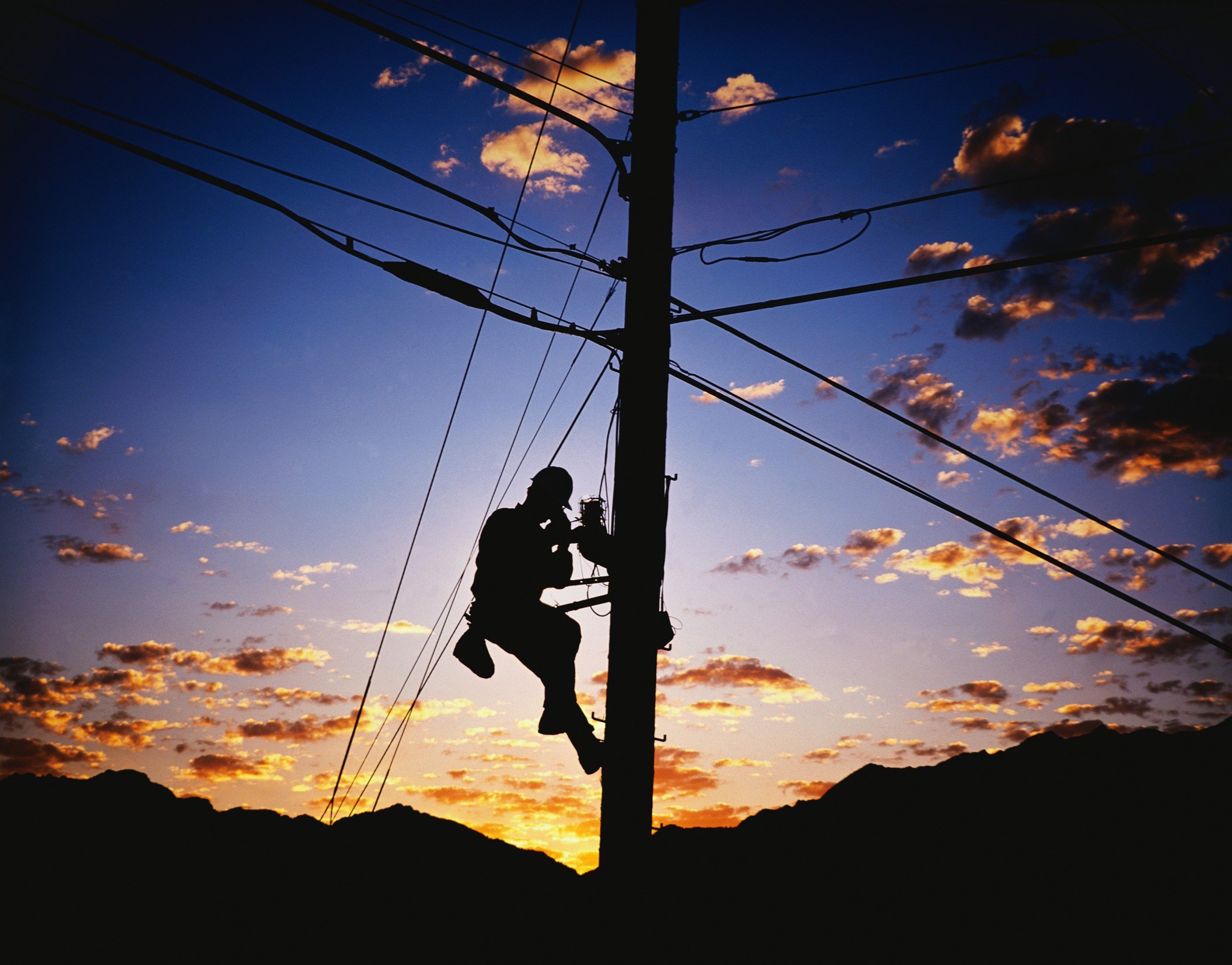
In this blog post, I’d like to talk about polarization.
The radiowave is an electromagnetic waveform composed of both electric and magnetic fields. In free space, the fields are mutually perpendicular and are also perpendicular to the direction of propagation.
The term polarization commonly refers to the electric field component of the radiowave. In terrestrial microwave antennas, the polarization of the radio waves will be either horizontal or vertical. That is, the electric field will be either horizontal or vertically orientated.
The transmission characteristics of both polarizations are very similar at microwave frequencies. However, the effects of obstacles and reflections within the microwave link are more likely to degrade system performance in horizontal polarization than in vertical polarization and thus vertical polarization tends to be the first polarization of choice.
Microwave antennas will generally be either single polarized or dual polarized
A single polarized antenna is one that responds only to one orientation of polarization – either horizontal or vertical. Thus radiowaves that are received or transmitted by a single polarized antenna will be either horizontal or vertical polarized.
A dual polarized antenna, however, can respond to both horizontally and vertically polarized radio waves simultaneously. The use of both polarizations in this way increases the traffic handling capacity of the system. For example, one transmitter/receiver combination can be set on vertical polarization, while a second independent transmitter/receiver combination can be set on horizontal polarization.
With our single polarized antennas there will be a single waveguide connection point, or port, at the customer interface. The polarization (vertical or horizontal) is sometimes denoted by an arrow placed adjacent to the port. The orientation of the waveguide cable will determine the polarization; if the broad wall of the guide is in the horizontal plane, the antenna is vertically polarized, and if the broad wall is in the vertical plane, the antenna is horizontally polarized.
The option to orientate the polarization in the desired direction is often facilitated by rotation either of the complete waveguide system or by a component of the waveguide system. The mechanisms for achieving this are explained in the microwave antenna installation bulletins.
For dual polarized antennas the customer interface will usually comprise two waveguide ports. Again, the polarization associated with each port will be explained in the antenna installation bulletin. Some antennas will also include polarization arrows to further assist identification.
That is a basic explanation of polarization. Any questions regarding this topic? Leave a comment if so, and I’ll be happy to reply.






